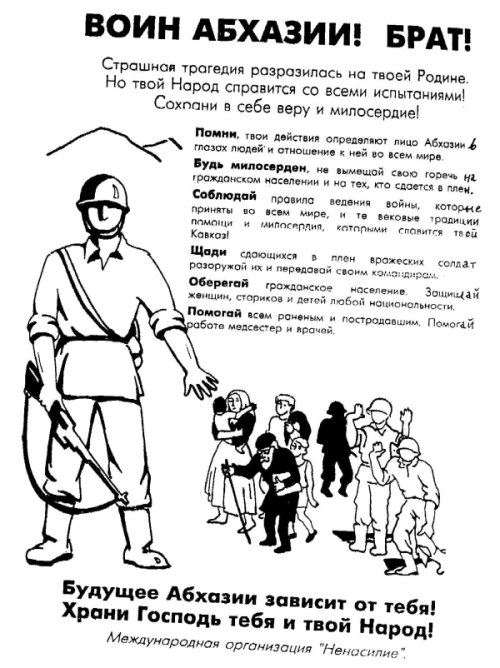30 Years Ago: A Meeting on the Kodor Bridge and Two Liters of Ingur Water, by Vitaly Sharia
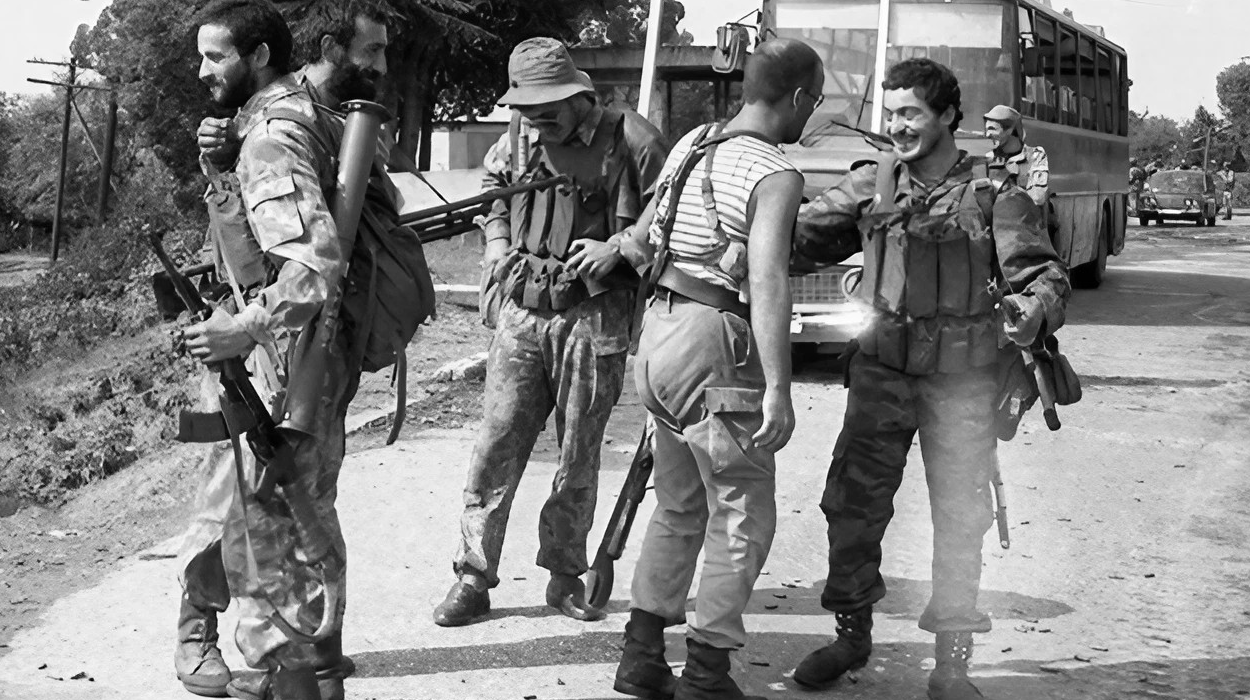
The unification of two fronts. Kodor Bridge. 30 September 1993.
Abkhazia celebrates its Victory and Independence Day on September 30th. The final episodes of the Georgian-Abkhazian war have been retold on numerous occasions, including by the author of this piece in "Ekho Kavkaza (Echo of the Caucasus)".
A brief recap of the events following the liberation of Sukhum by the Abkhazian forces on September 27th: At 11:30 AM on September 29th, the vanguard of the Abkhazian Armed Forces, after breaching the Georgian troops' defence at the Machara River in the Gudauta region, secured Sukhum Airport (located in the village of Babushara). Another division, upon reaching the Kodor River, merged with troops from the Eastern Front. This breakthrough ended the 13-month blockade of the Ochamchira-Tquarchal region in Abkhazia. Several Georgian troops, leaving behind their vehicles and weaponry, retreated towards the village of Lata. Their subsequent movements were marked by chaotic retreats.
At 8:30 AM on September 30th, following artillery preparations, the Abkhazian forces launched an assault on Ochamchira city, liberating it. Notable resistance was met here and in the neighbouring villages of Tsagera and Okhurey within the Ochamchira district.
Upon entering the Gal district, the Abkhazian military command appealed to local leadership with a proposal to allow the units of the Armed Forces to pass to the border with Georgia without resistance, in order to avoid bloodshed. After the stipulated four hours, no answer was received, and the Abkhazian forces moved forward, entering the empty town of Gal. However, the Abkhazian leadership once again announced that safety would be guaranteed for Georgians who had not violated Abkhazian laws or offended its people. At 20:30 on September 30, Abkhazian troops, successfully advancing on all fronts, reached the border with Georgia along the Ingur River, where they raised the state flag of the Republic of Abkhazia.
Below is a leaflet distributed by the Abkhazian authorities in relevant regions of Abkhazia during the war. It reminds everyone of their moral obligation to treat with respect both individuals who surrender their weapons and members of the civilian population.
+ Three Decades Later: Abkhazia Celebrates Victory and Independence
+ 14 August 1992 - 30 September 1993/2023 | Short Chronology
+ Georgian-Abkhaz War | FBIS Reports (Aug-Oct. 1992)
However, this widely told narrative is largely based on press summaries from the Ministry of Defence of Abkhazia from three decades ago. A fresh perspective on these events comes from a fragment of Vladislav Ardzinba's autobiographical book "My Life," published in 2018 after the author's passing:
On September 28, I held a meeting with the commanders. I thanked them for the successful liberation of Sukhum and inquired about their thoughts on our next moves. When I realised that, almost unanimously citing the fatigue of the troops, they advocated for consolidating our position at the Kelasur River and then resuming the offensive about a month later, I couldn't hold back my emotions. I chided them, reminding them of the Eastern Front, which was using its last bit of strength to hold back the Georgian forces eager to reach Sukhum, all while waiting for our reinforcements. On the morning of September 29, an operation began to unite the two fronts. It was only on September 30 that the Abkhazian army reached the state border along the Ingur River. That day, the Abkhazian Defence Minister, Sultan Sosnaliev, brought me a two-liter decanter filled with turbid water. 'This is water from Ingur,' said Sultan Soslambekovich. This wise and brave man had given me the most precious gift.
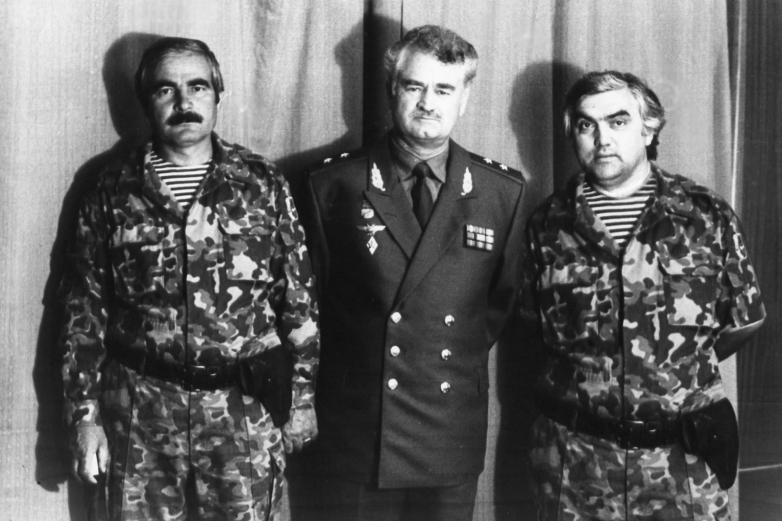
Sultan Sosnaliyev (23 April 1942 – 22 November 2008) was a Soviet Army officer of Circassian [Kabardian] ethnicity who served as a commander of Abkhaz and North Caucasus forces during the (1992-93) Georgian-Abkhazian war and as the defence minister of the Republic of Abkhazia in 1993–1996 and 2005–2007.
And here are two more detailed pictures that I had the opportunity to add yesterday and today to the overall picture of the triumphant march of the Abkhazian army. Yesterday, I came across a Facebook post from a now-famous Abkhazian photographer, film director, and prose writer, Ibrahim Chkadua: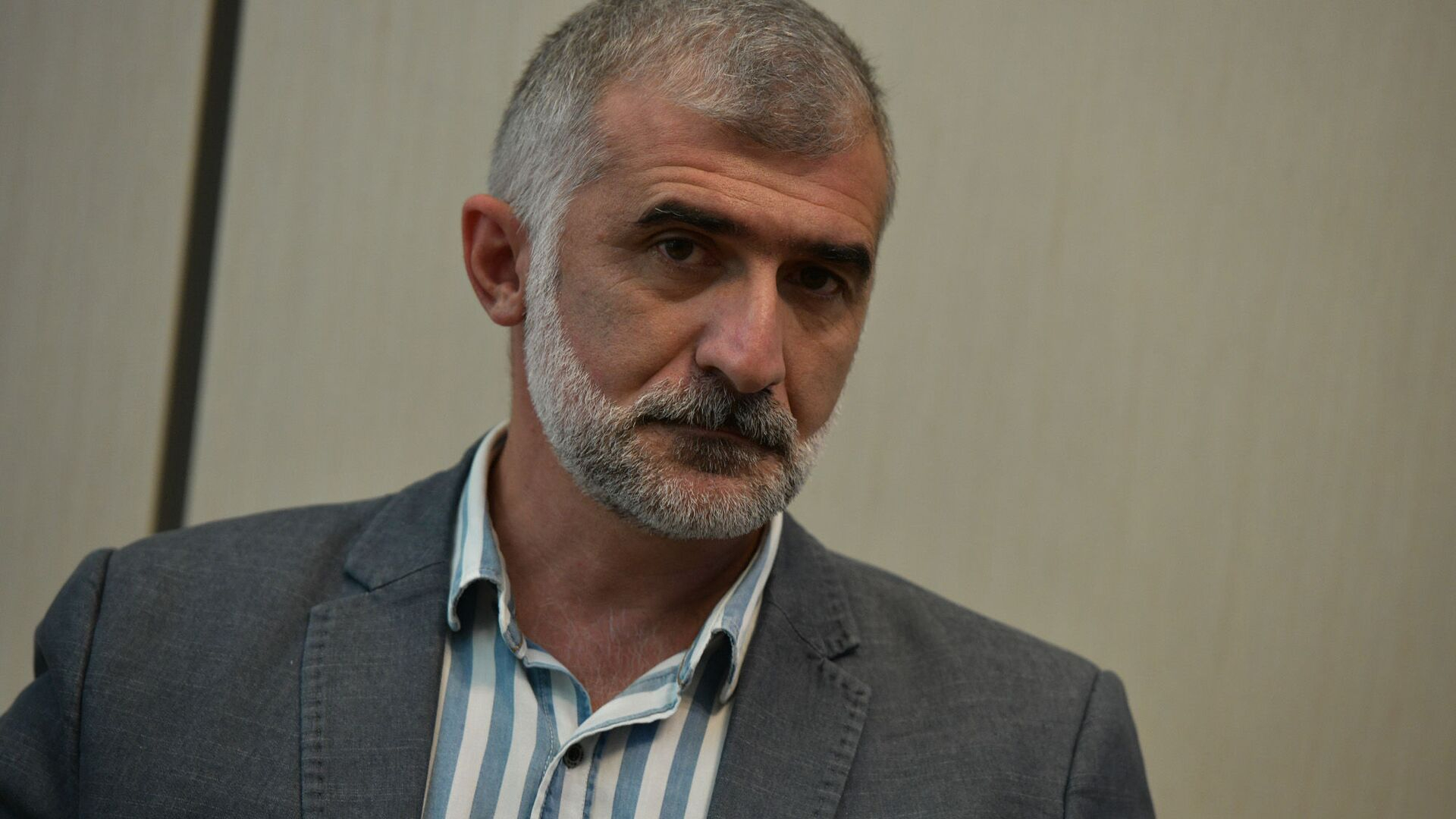
Ibrahim Chkadua
"From the book 'Moments of Happiness'... The author of the book, Alex Dubas, a long-time friend of mine, collected hundreds of stories from different people about their moments of happiness in life. He also asked me to write about such a moment of my own. 'It was the end of September 1993. I jumped out of the trench and ran with all my might, fearing being late, towards the bridge, which was the front line. I ran and couldn't believe that it was the end of the war, the end of a year-long blockade, the end of bombings, starvation, and everything that is called war. On the go, I adjusted an old 'Zenit' camera, and an equally old 'Kalash' was disturbingly hanging on my back, painfully hitting my spine. I dreamed of this since the first day of the war, yearning to capture the meeting of two fronts, akin to the famous 1945 shot, about the meeting on the Elbe. And the more I captured my war, the more I longed for such a shot. And then it happened – the photographer's joy. I was in the right place at the right time. They were on tanks, with Abkhazian flags, in good camouflage, unlike ours - partisan, not as emaciated as we were, but endlessly familiar. I shot fervently, capturing everyone hugging, firing joyfully into the air, drinking and eating right on the armour, some even crying with joy, more and more soldiers from both fronts kept arriving at the bridge, and again everyone hugged, both acquaintances and strangers, dancing and singing. A lump of joy was stuck in my throat, wildly interfering with capturing History. Thus the war ended, and with it, perhaps, the finality of youth."
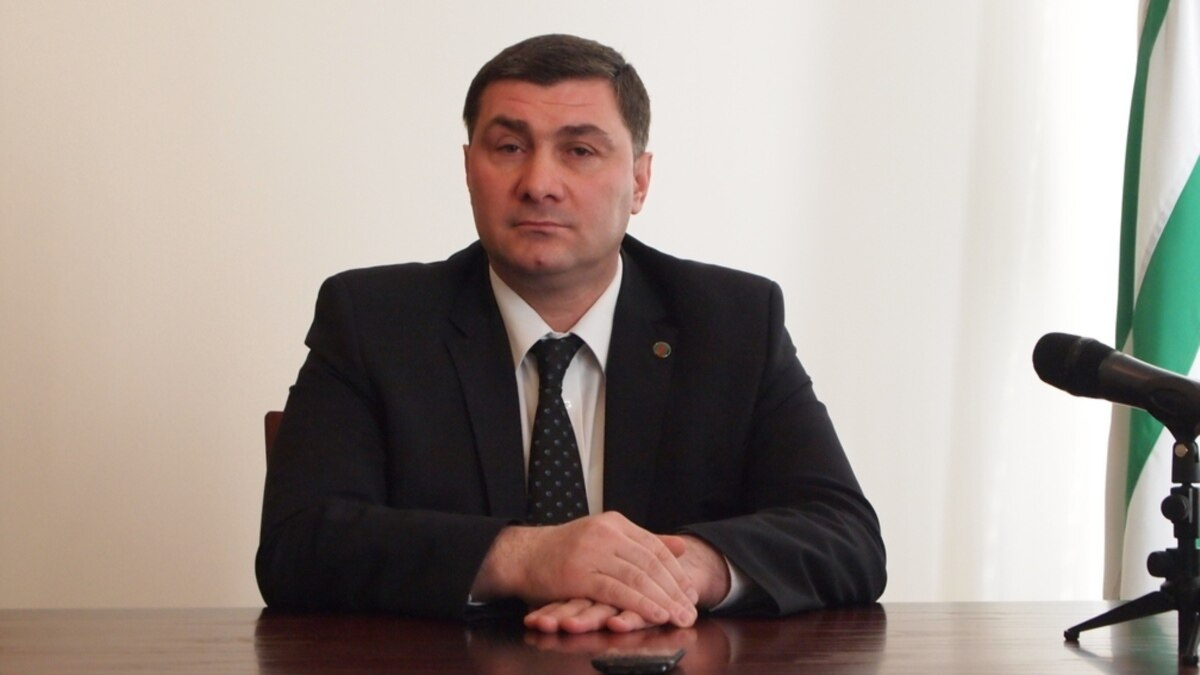
Shamil Adzinba
Today, I spoke with Shamil Adzynba, an esteemed Abkhazian public and political figure who once served as the acting Prime Minister of the Republic. He was among the crew members of two Abkhazian BMPs that hoisted the Abkhazian flag on the Ingur Bridge thirty years ago, on the evening of September 30th. Shamil shares:
"We had a comrade, Malkhaz Khagba. He'd suffered a severe injury, with a wound above his knee. He had previously wrapped himself in the Abkhazian flag, vowing, 'I will reach Ingur with this flag and it must fly there.' After his injury, we took that flag and pressed on. Once we rendezvoused with the Eastern Front, we joined forces with our eastern brethren, advancing towards the Ingur River. Our crew spearheaded the column. By the time we reached our destination, dusk was settling in. There stood a lofty concrete pillar, where we intended to display the flag. Two crews were instrumental: Crew 99, comprising Ampar Raphael, myself, and Kogonia Robert, and Crew 88, which included Shamba Dazmir, Blabba Batal, and Gunia Ilya. Together, we ensured Malkhaz Khagba's flag flew high, honouring his wish.
– Where was Malkhaz at that time?
– He was hospitalised in Krasnodar. His leg had been amputated above the knee to save his life.
– How did he react when you shared the news?
– We relayed the information as soon as he returned, now reliant on crutches. We affectionately referred to him as Maho. 'Your flag waves high, rest assured,' we told him. His face lit up with joy, and he embraced us.
– Were there any Georgians near the bridge then?
– I noticed three or four rifles at the ready... They were retreating briskly. We fired a few shots in their direction, hastening their departure."
This account lends a deeply personal dimension to the larger events, underscoring the profound emotions and significance of that moment for the Abkhazian people. It also sheds light on the courage and sacrifice of individuals amid the turbulence of conflict.
This article was published by Ekho Kavkaza and is translated from Russian.
